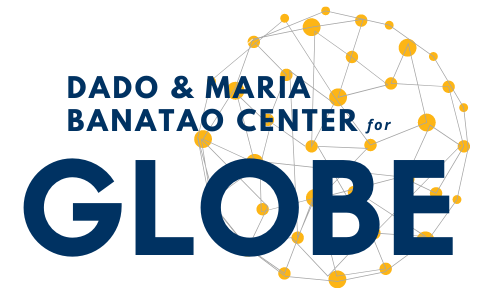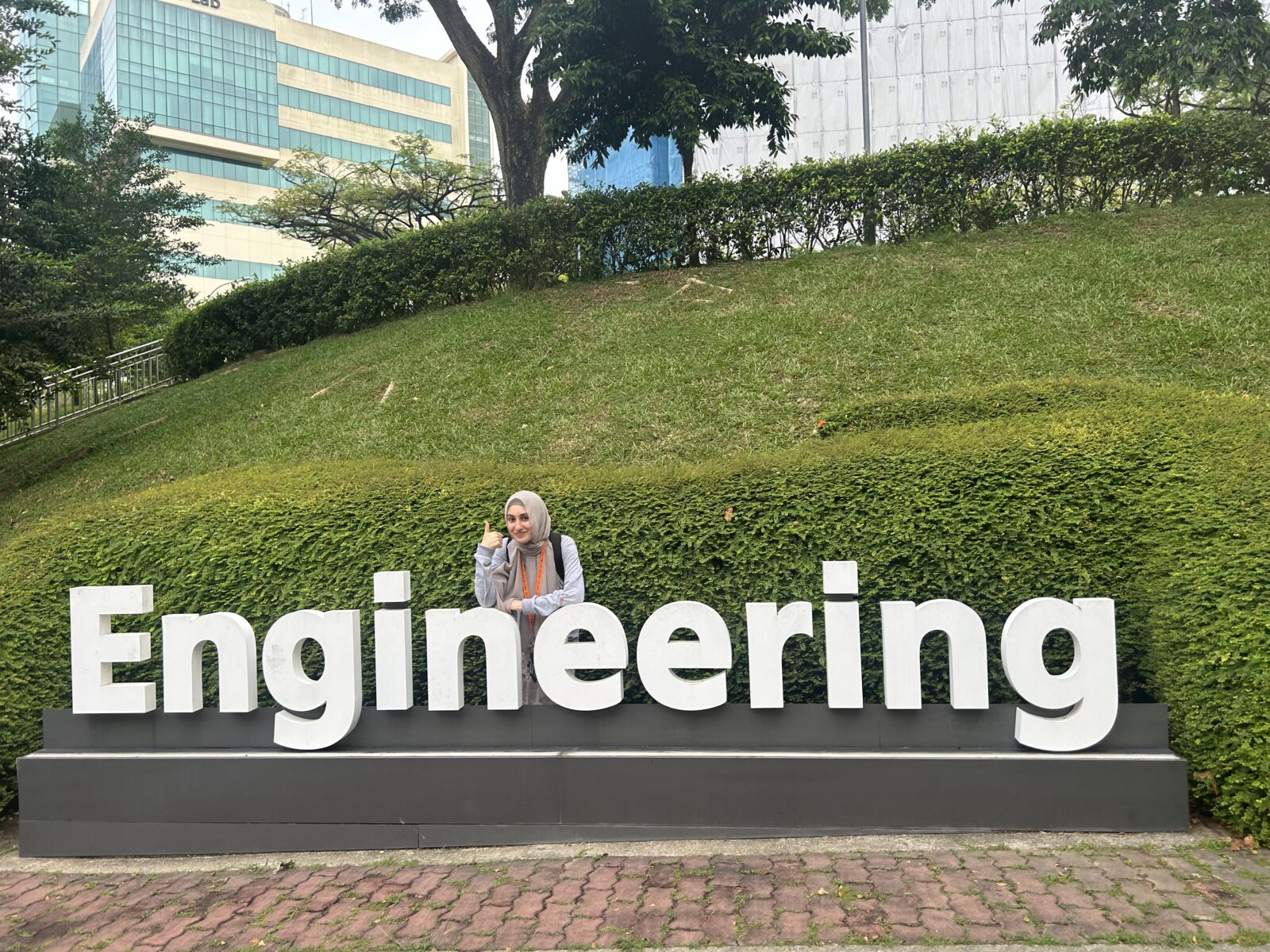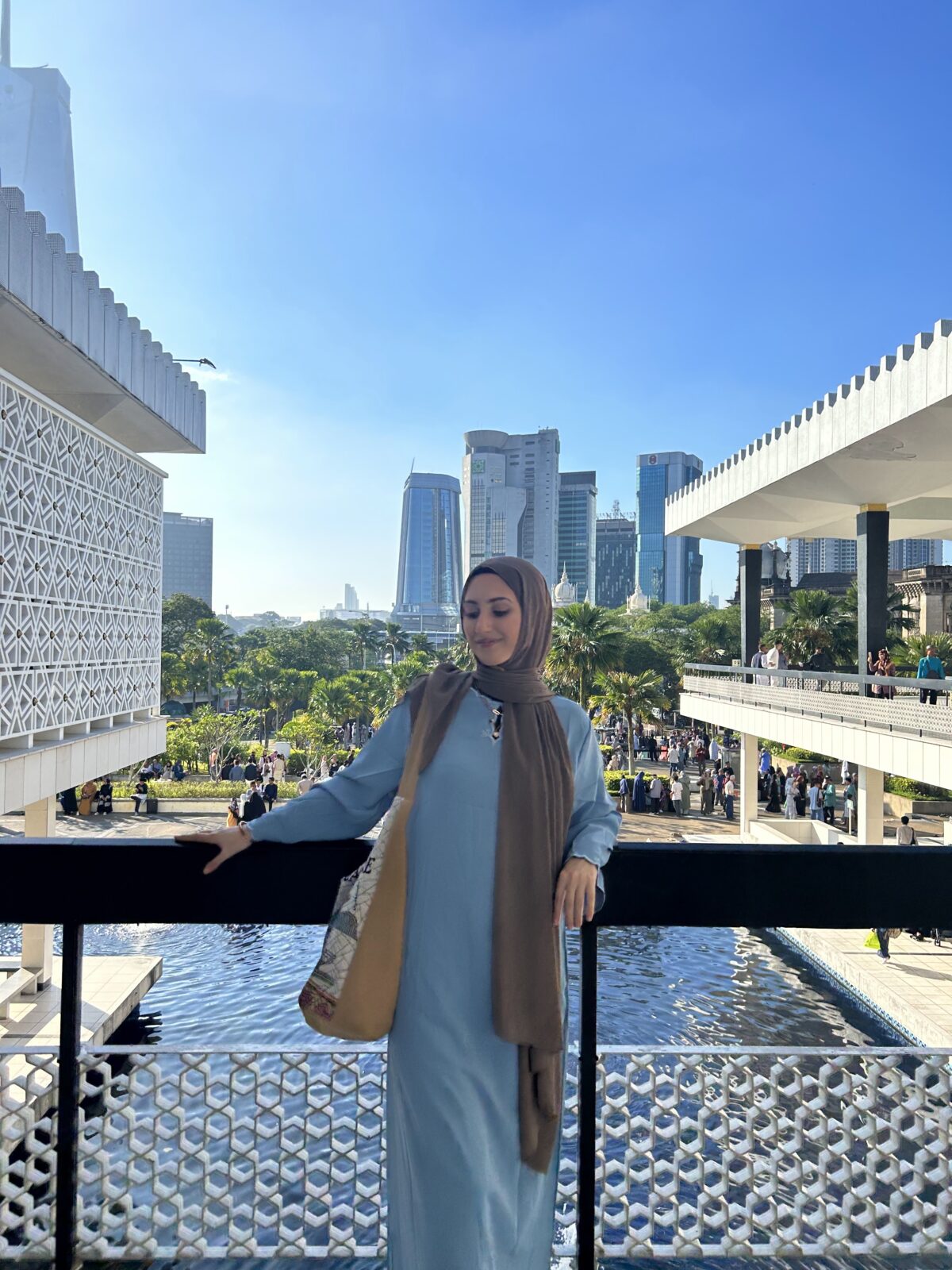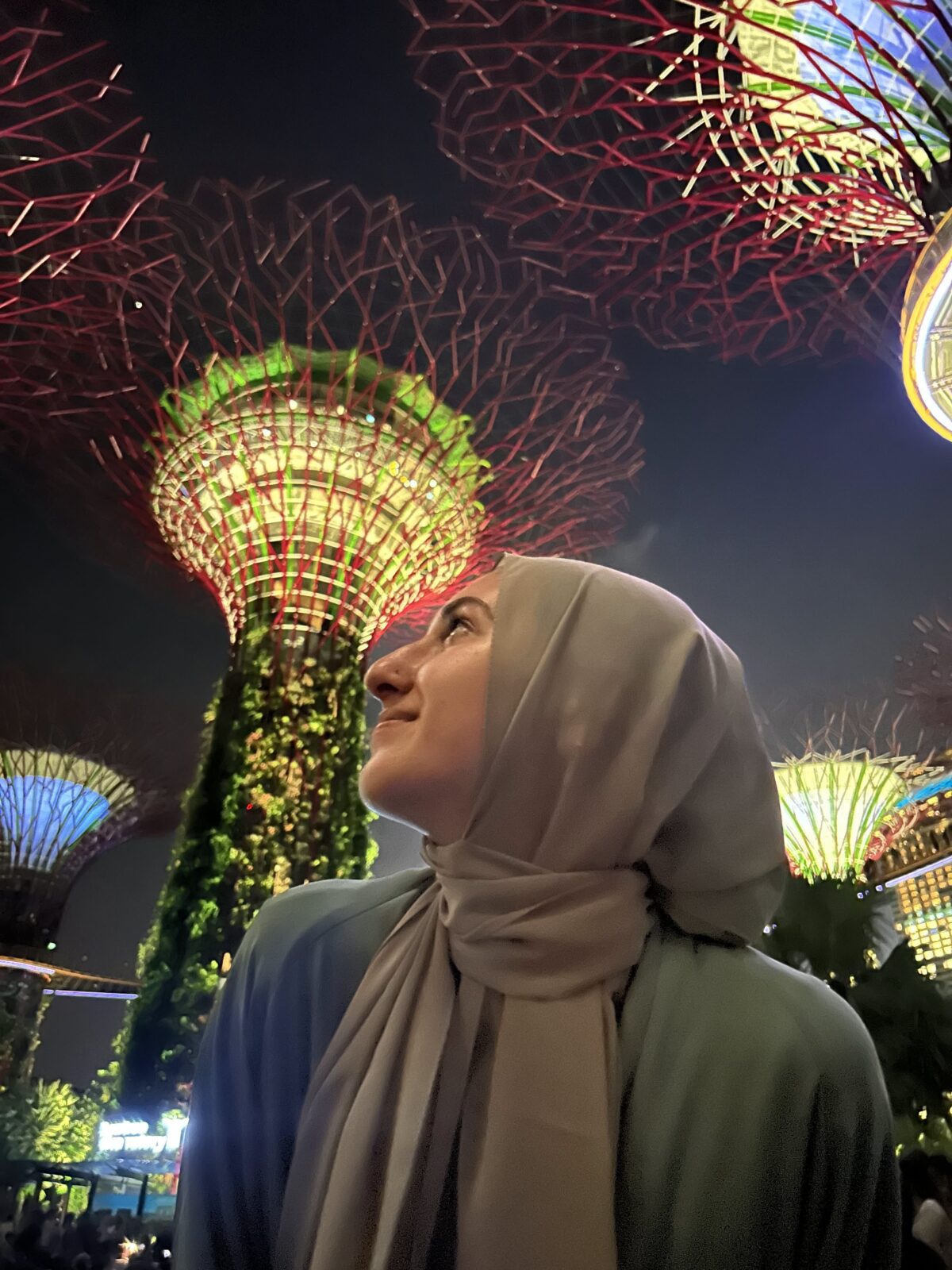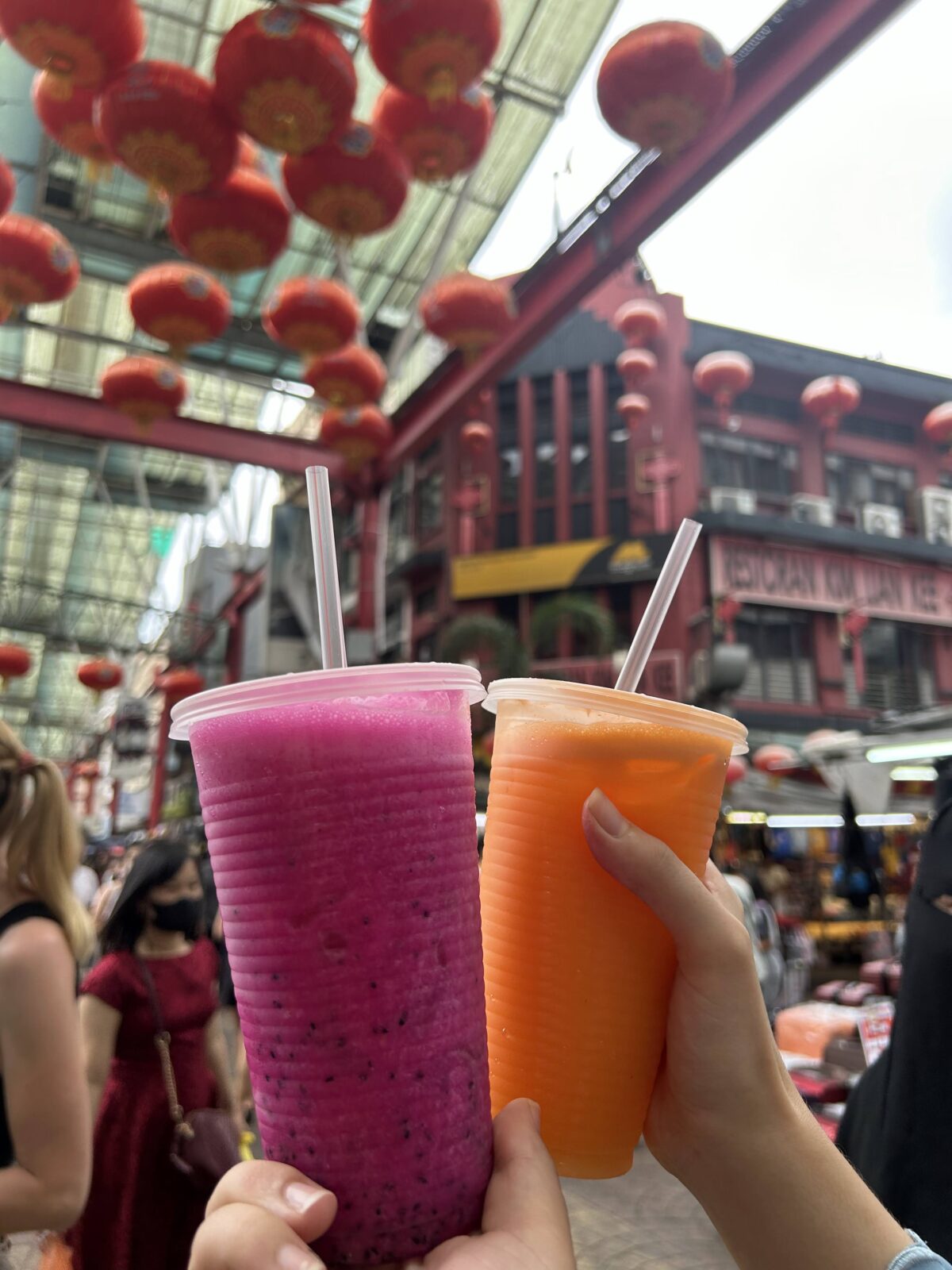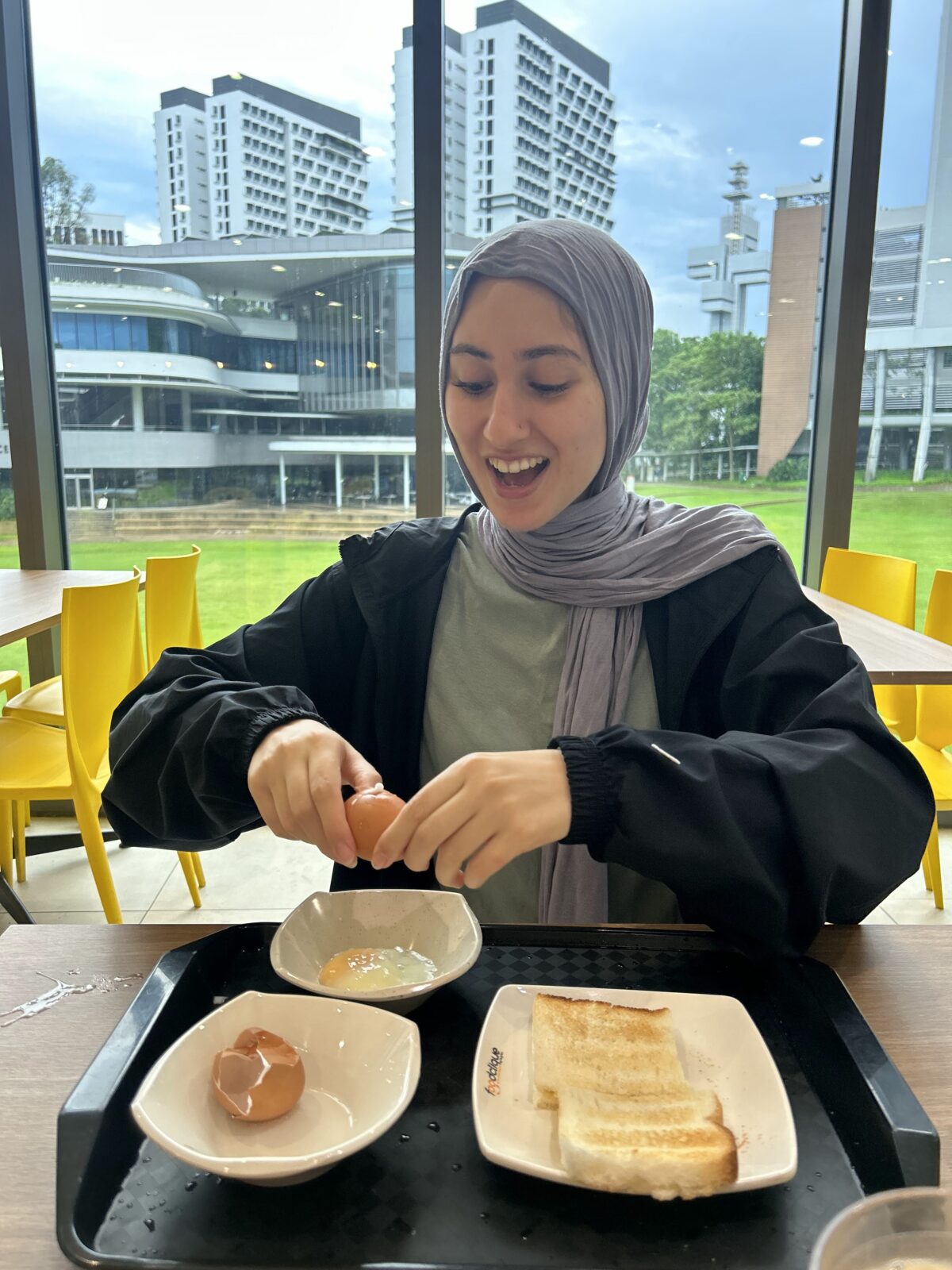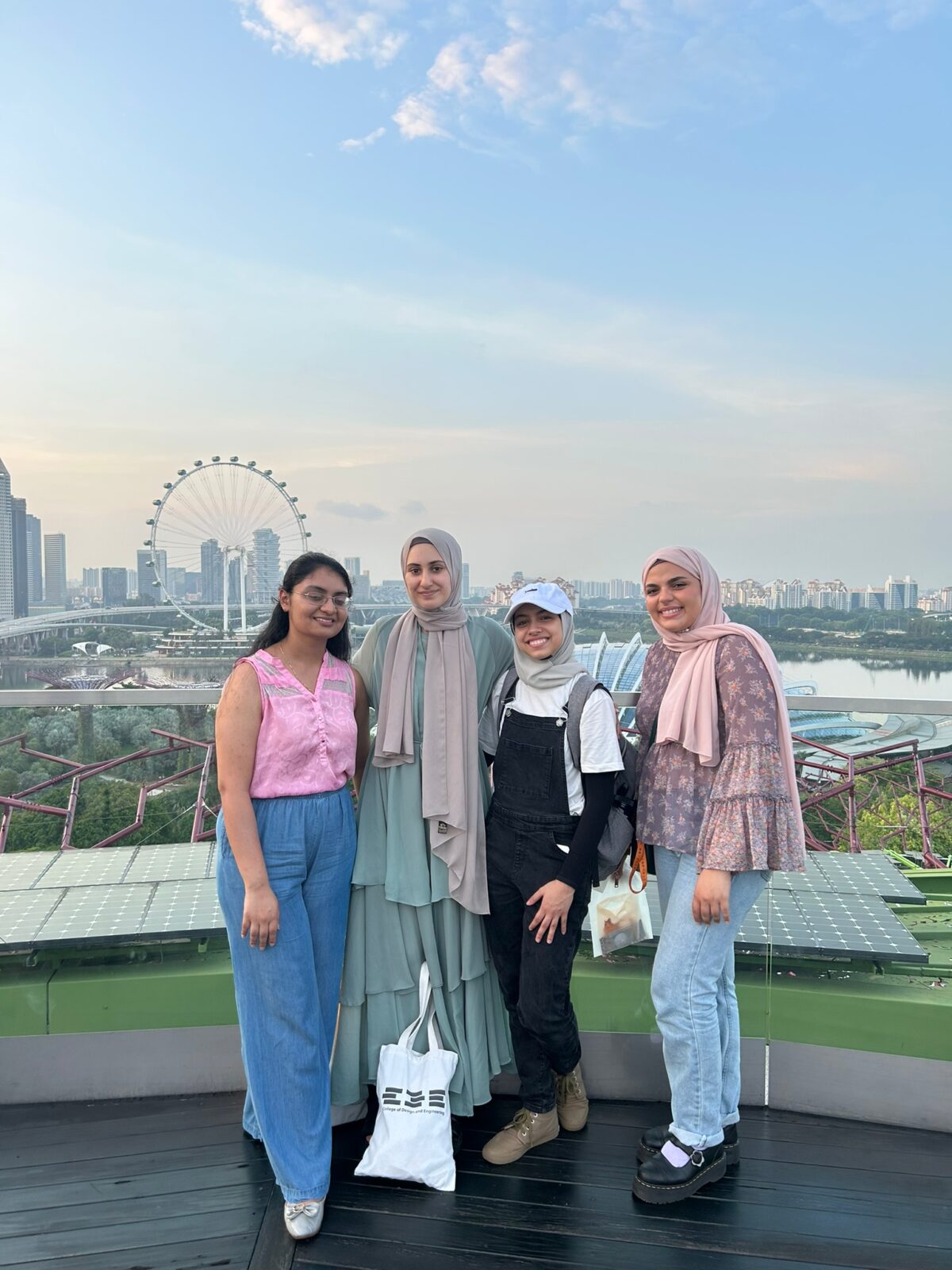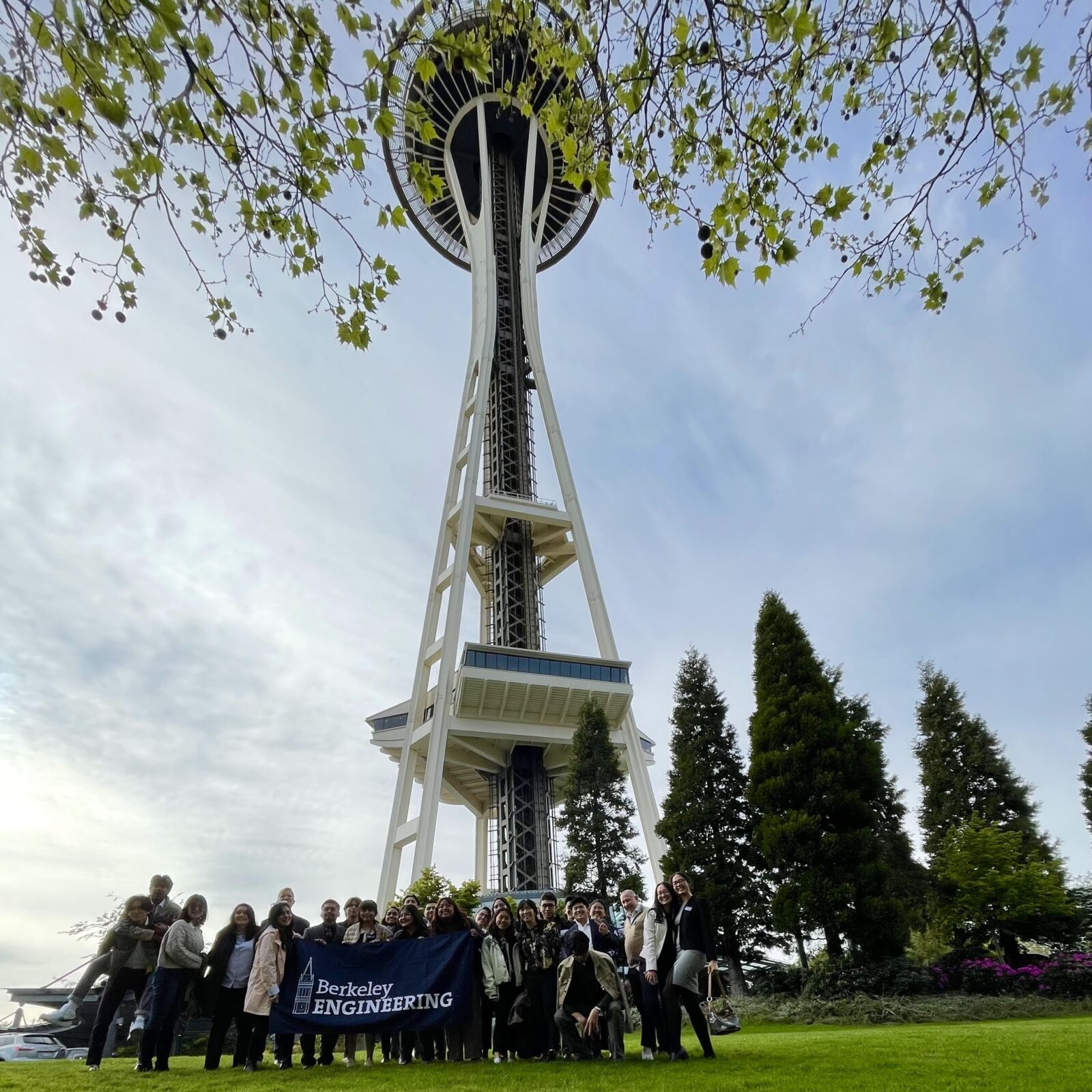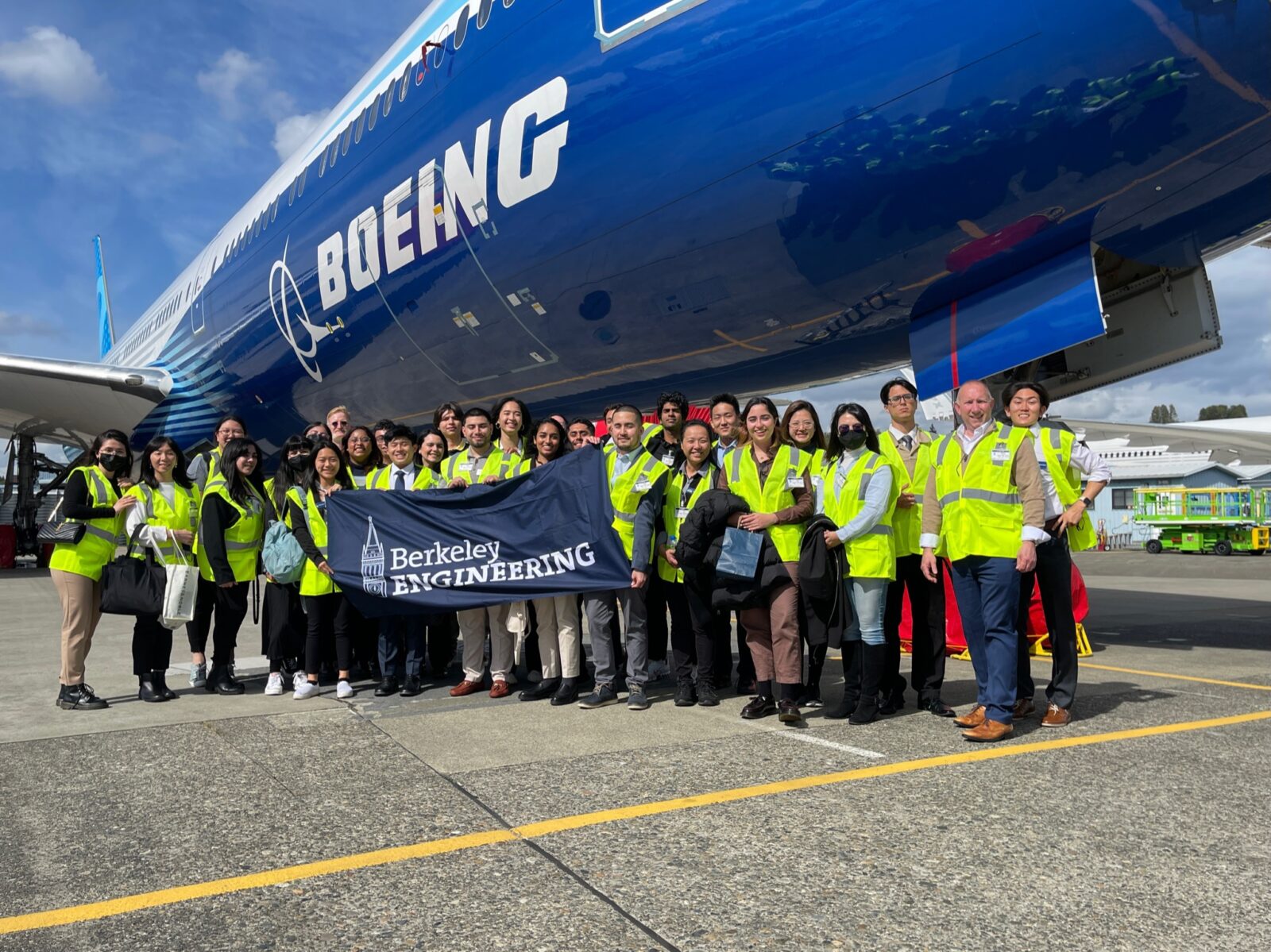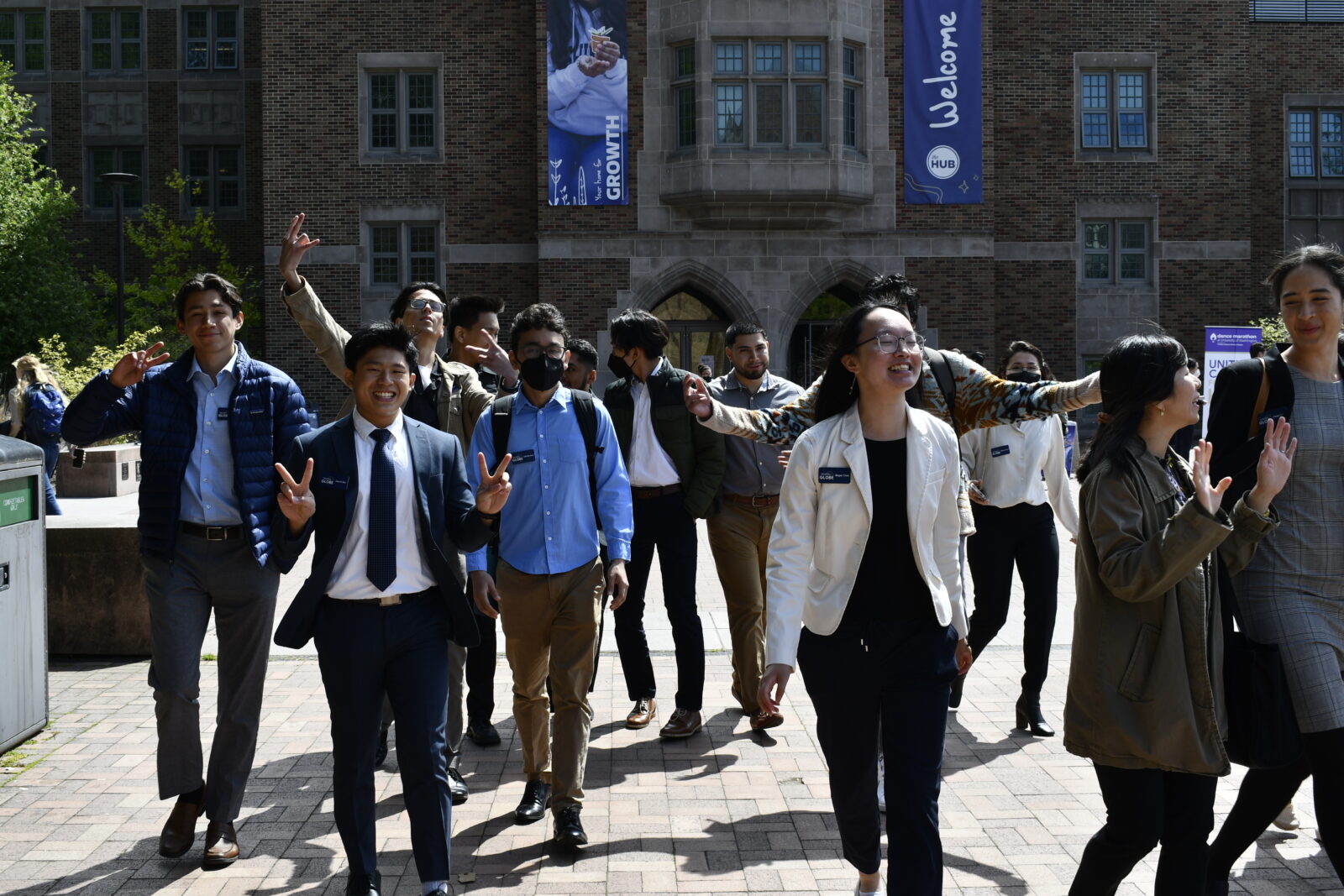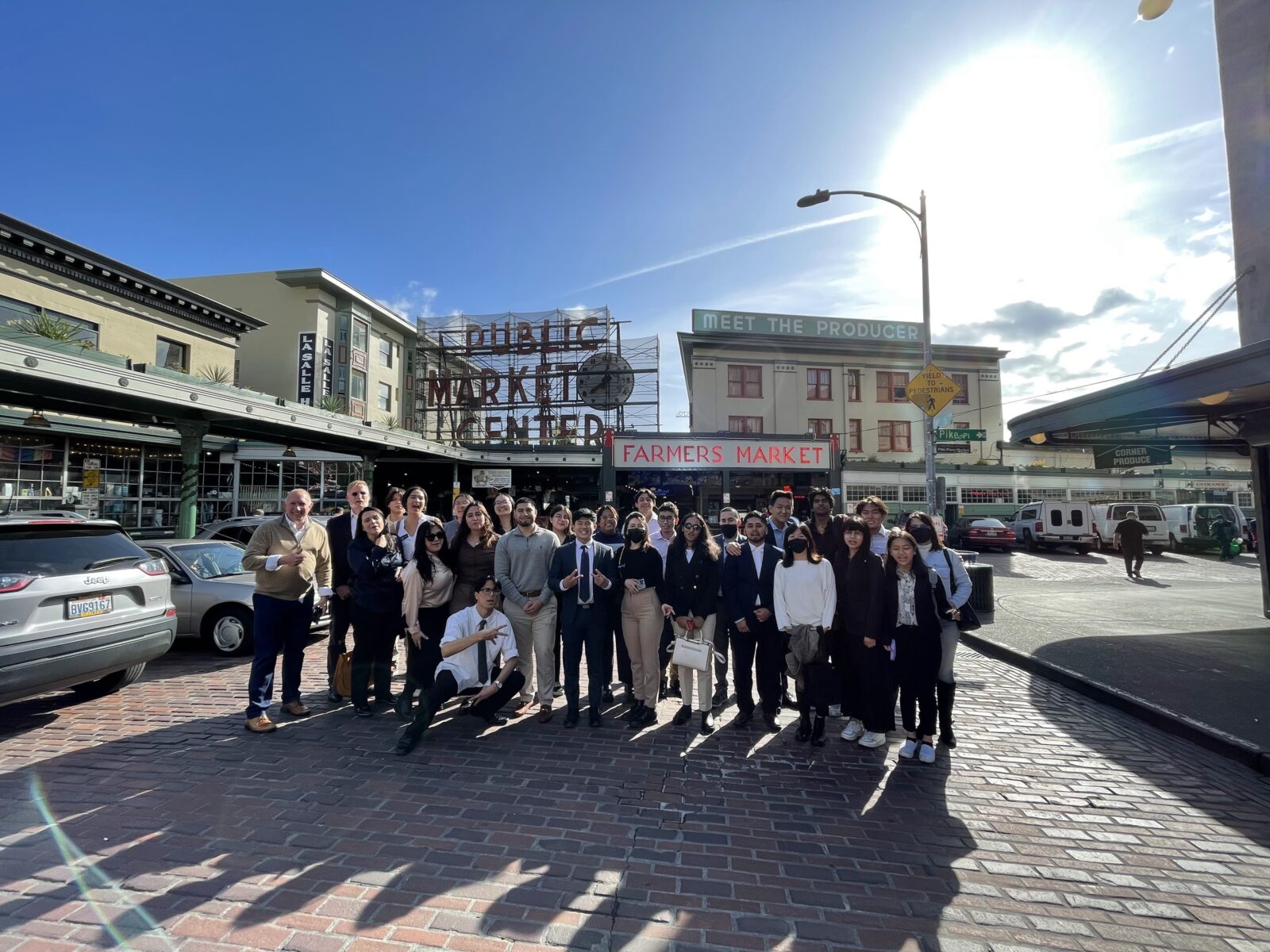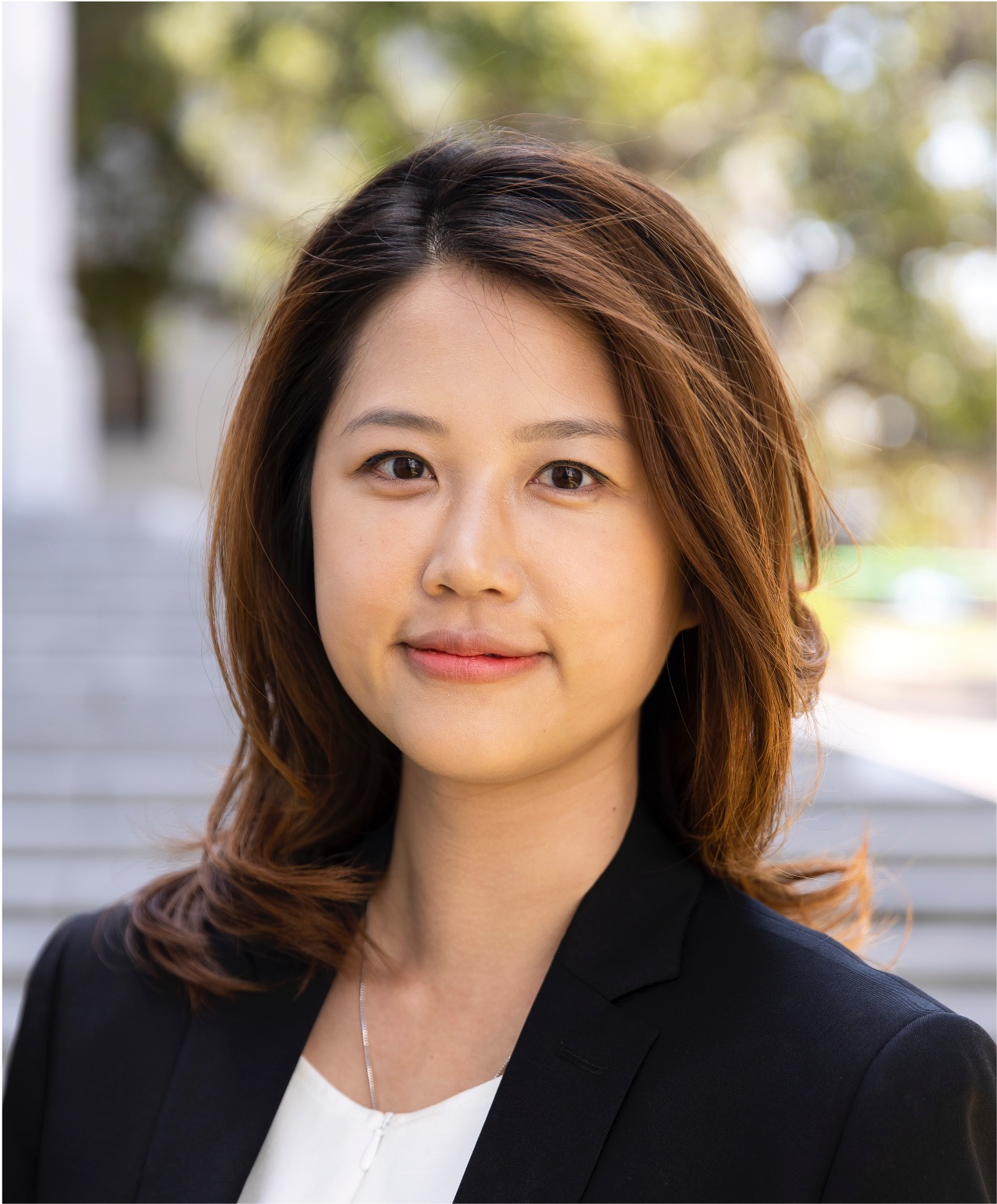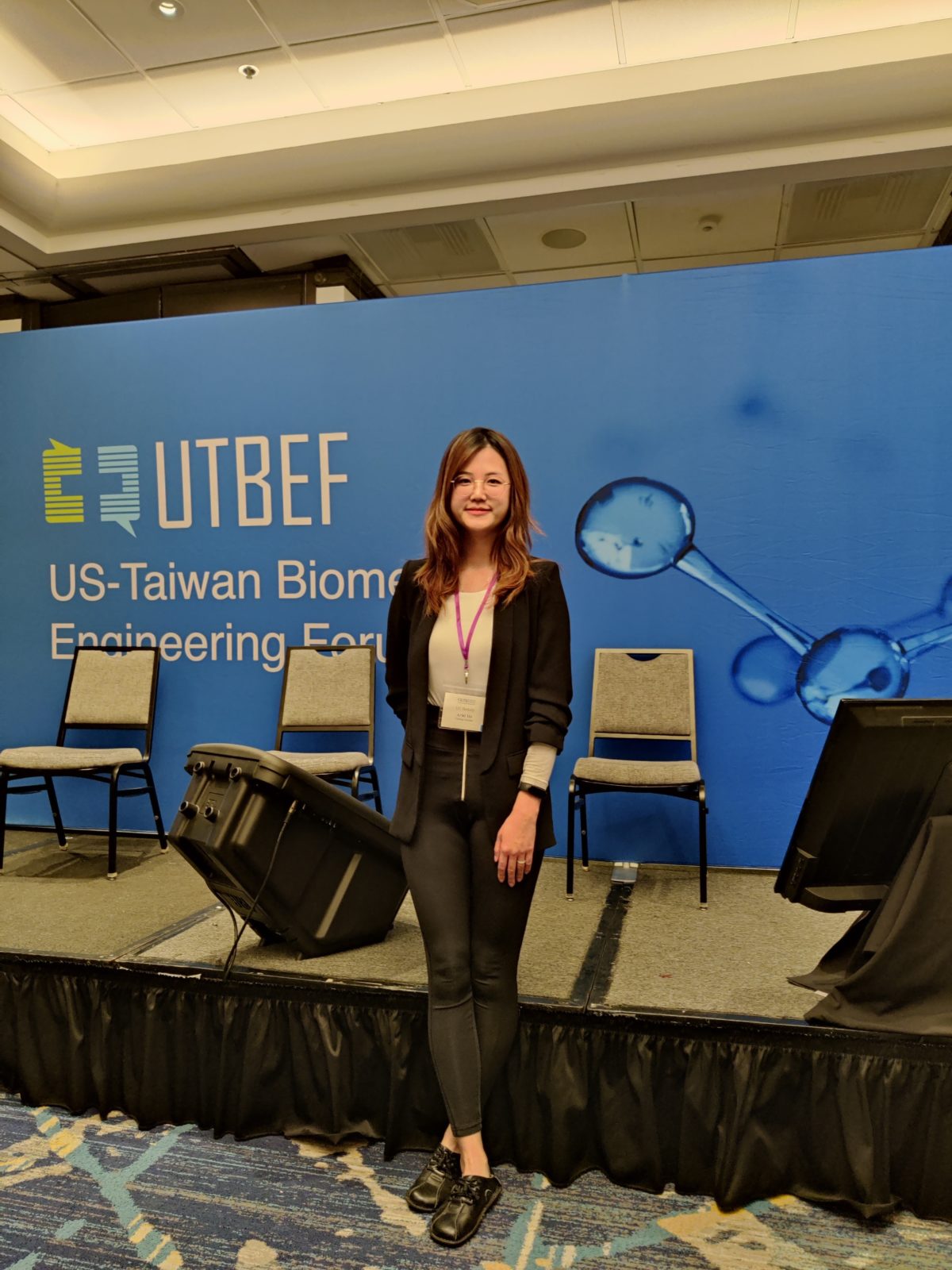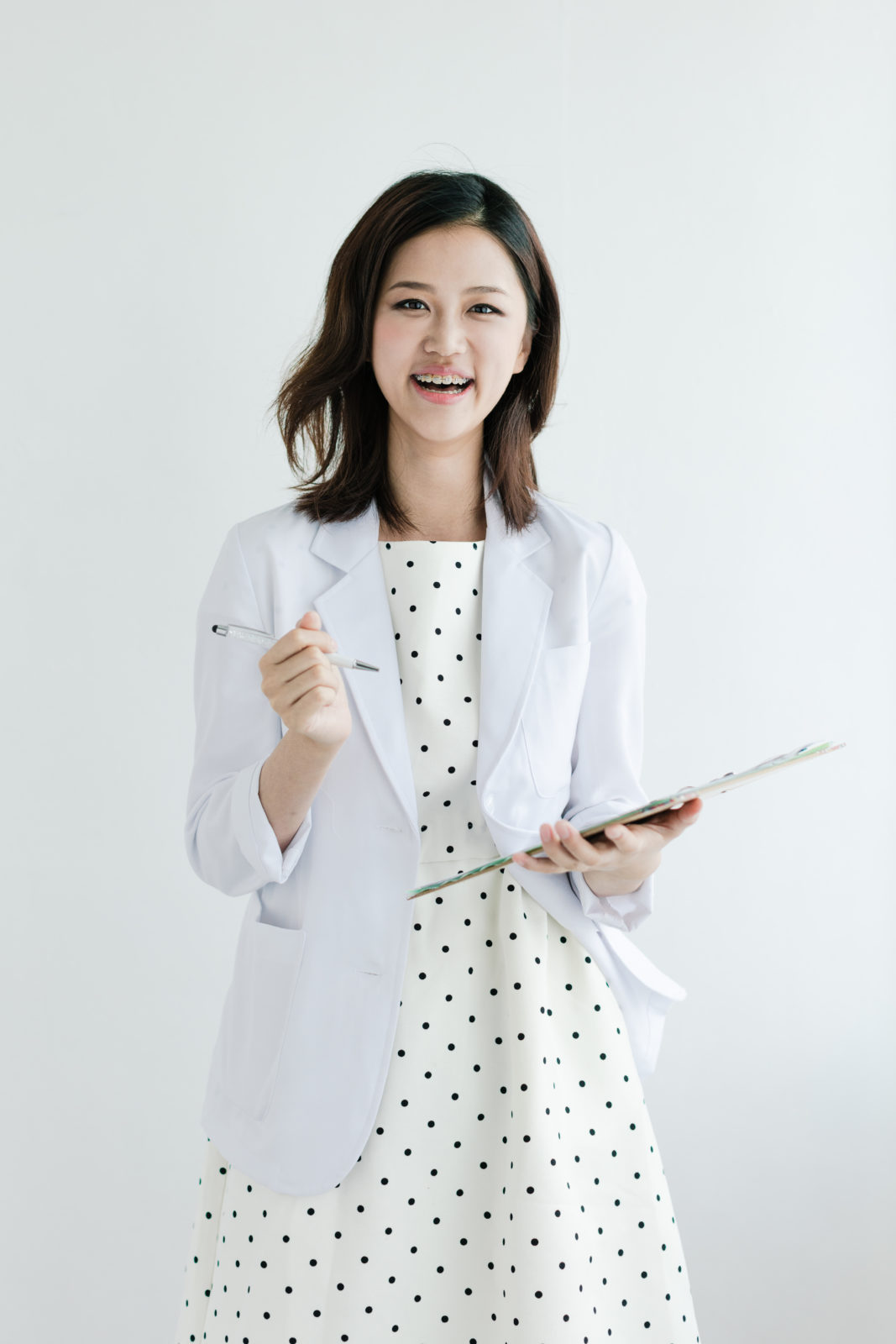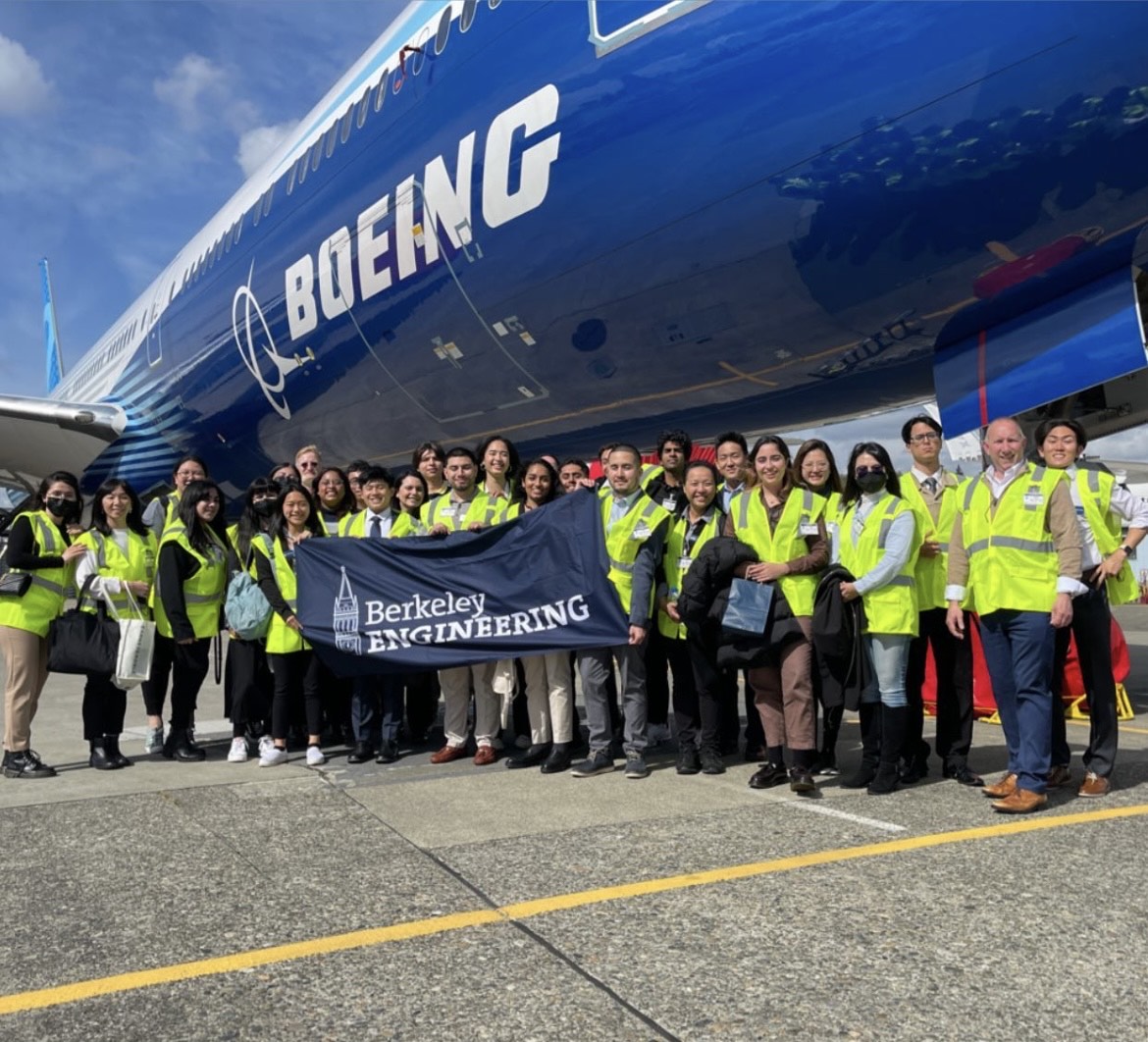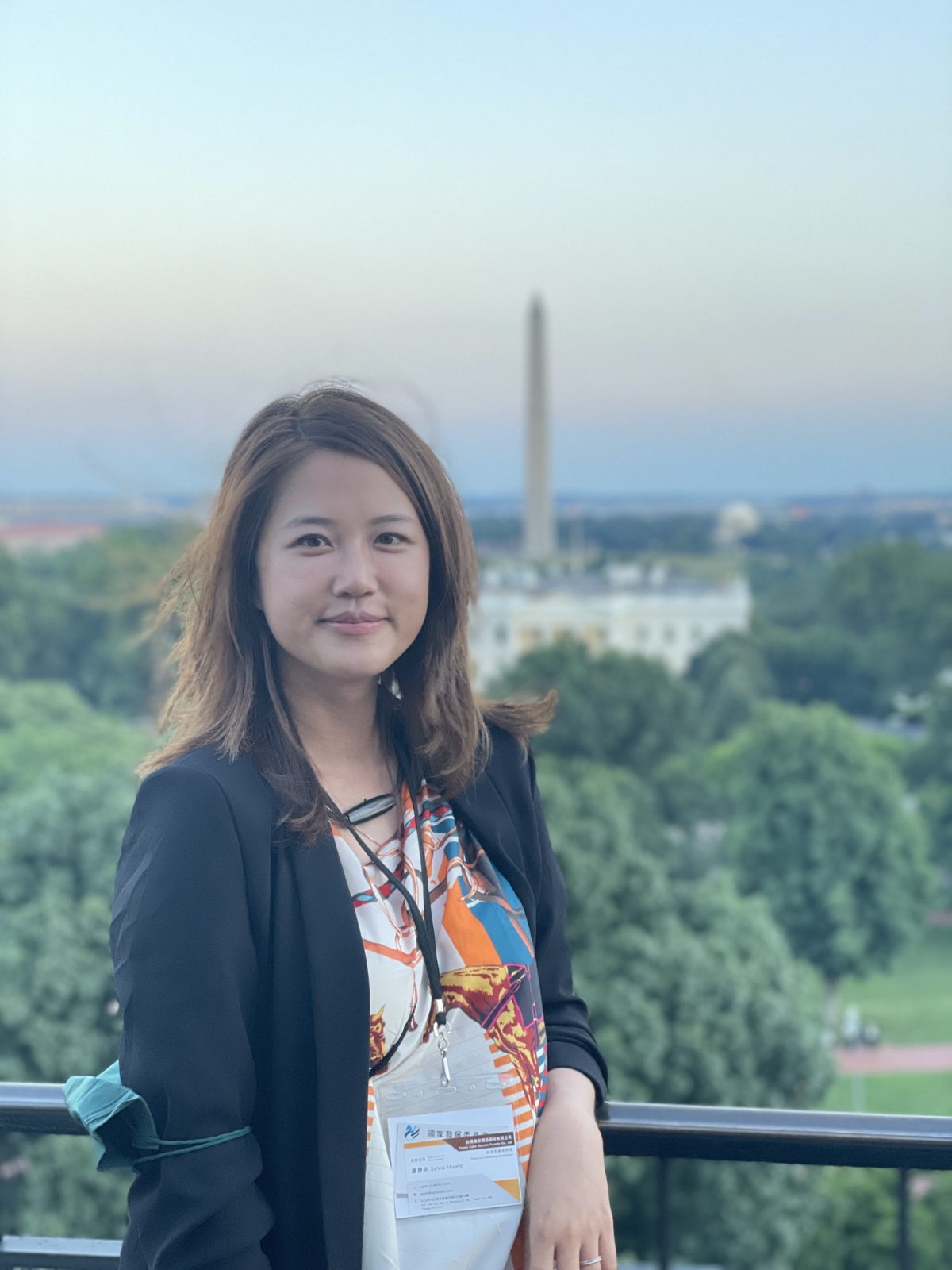Read below about Alex’s Summer 2023 journey as an international Machine Learning intern at a battery startup in Sweden!

Alex in the lab
Alex’s Travel Diary:
In the Spring of 2023, I found out through a colleague of mine that a small team starting at a battery startup in Sweden is focusing on applying machine intelligence and other computational methods to battery R&D. With that being my niche research interest, it seemed too good of an opportunity to pass up, so I reached out to a mutual connection and found out that the manager of that team was going on a business trip to the Bay Area. I took a long shot and asked him out for lunch. That’s how I landed the internship offer that brought me to Stockholm for the summer and had one of the best summers that I could recall, with partial financial help from GLOBE.
The effort to get proper paperwork (visas, work permits, etc.) in order to get to Sweden was quite tedious, since I was on my own, being the company’s first international intern from the US and not going through any internship programs on campus, but the struggle was entirely worth it once I landed in Stockholm. I found a charming room for rent in a brick-building apartment in an old music school turned artist commune, living with a visual artist/photographer in her 30s and her teenage son. That apartment, found haphazardly on a rental website and confirmed verbally over zoom, in all of its European quirks, turned out to be one of my favorite things about the experience. Coming home from my day at the lab to the quiet artist seclusion, with a charming garden more often that not filled with writers and photographers smoking and drinking to faint music playing out of their windows, was the perfect European summer movie-esque fantasy. And the monetary help from GLOBE greatly helped with making it a reality, as the fund was entirely put toward my 3 months of rent while there.
And there was the reason why I was there, my work at Northvolt AB. I was a Machine Learning Intern in their relatively new Machine Intelligence and Software Team, an exploratory effort to incorporate modern AI techniques to materials research, product development, and manufacturing to holistically optimize the company’s production processes. I had the opportunity to apply both my computational research experience in a faster-pace industry setting and also my background in Material Science as I was assigned a project in partnership with the Advanced Materials Team. In the 10-weeks that I was at the company, I was able to carry out independent literature review, data mining, model development and training to deliver a working materials property predictor. It was quite intense work, but I had an amazing team and mentors that made the experience very enjoyable. At the end, I was able to deliver a model that exceeded the benchmark accuracy we were aiming for, which will then go on to be used by engineers on the materials team in future product R&D. Besides my own project, I was also able to sit in on the plethora of projects on the team and learn from the machine learning scientists there.
One thing I particularly enjoyed was the company’s work culture, a mix between the high-pressure, productivity-first American mindset and the balanced, wellness-centered Nordic work model. Besides team coffee chats at lunch, every afternoon around 3-4pm, everyone would gather again for Fika, the Swedish tradition of afternoon coffee before the end of the work day to debrief and decompress. There were also plenty of social events where I got to network with people from all over the lab and learn about the variety and scale of operations needed in battery production. And then there was the summer break. Swedish people are quite big on the summer vacation. Besides the big national Midsommar celebration in July, most working adult would take 2-3 weeks off every summer to enjoy the precious Nordic sunlight. Because of my time constraint, I did not partake in that tradition, but I loved the relaxed atmosphere it created around the office.
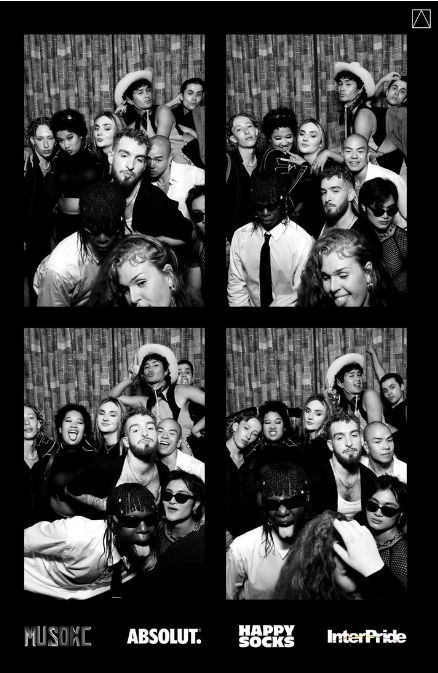
Alex and his friends at Soho House Stockholm
The thing that truly highlighted this summer for me, besides the professional opportunity, was the friends and community that I found there. When I decided to pursue this internship, I had half expected it to be purely a work experience, as I knew next to nothing about Swedish culture/people/etc. What I didn’t expect was that I would meet some of the most incredible people and make some amazing friends in the Stockholm scene. From stumbling into a queer party on my first night in the city to finding community in the Swedish ballroom scene, by the end of my trip I was genuinely sad and nostalgic about leaving, as I had truly felt a part of the scene after the short 3 months.
All in all, it was an amazing experience that I will never forget. I left with a more crystalized idea of my career interests and research directions, precious memories of a romanticized summer, and life-long connections. If ever faced with the opportunity for an internship abroad, I would recommend everyone to take it, as only by putting oneself out of one’s comfort zone will truly magical experiences like this come about.
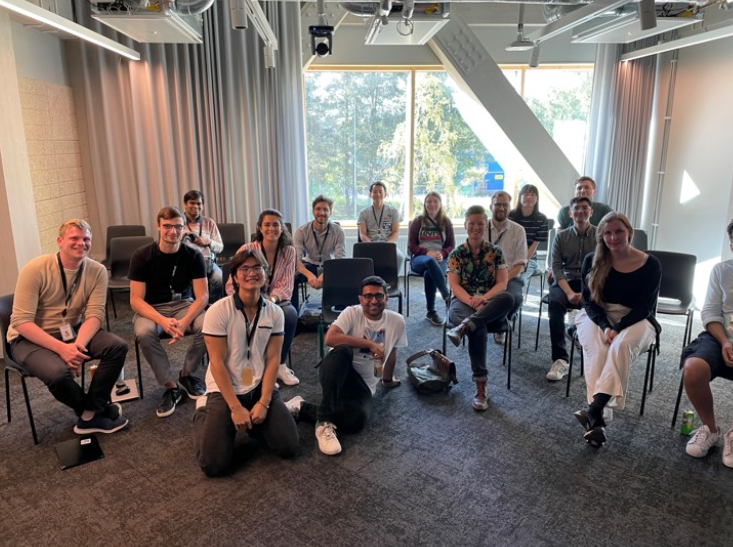
Team photo after final presentation
